Earth harbors landscapes so extraordinary they seem transplanted from distant worlds. These otherworldly environments—from crystalline caves to chromatic hot springs—challenge our perception of what exists on our home planet.
Their alien qualities have even attracted filmmakers seeking exotic backdrops for science fiction productions. Here is a list of 20 places on Earth that could easily be mistaken for extraterrestrial landscapes.
Danakil Depression, Ethiopia
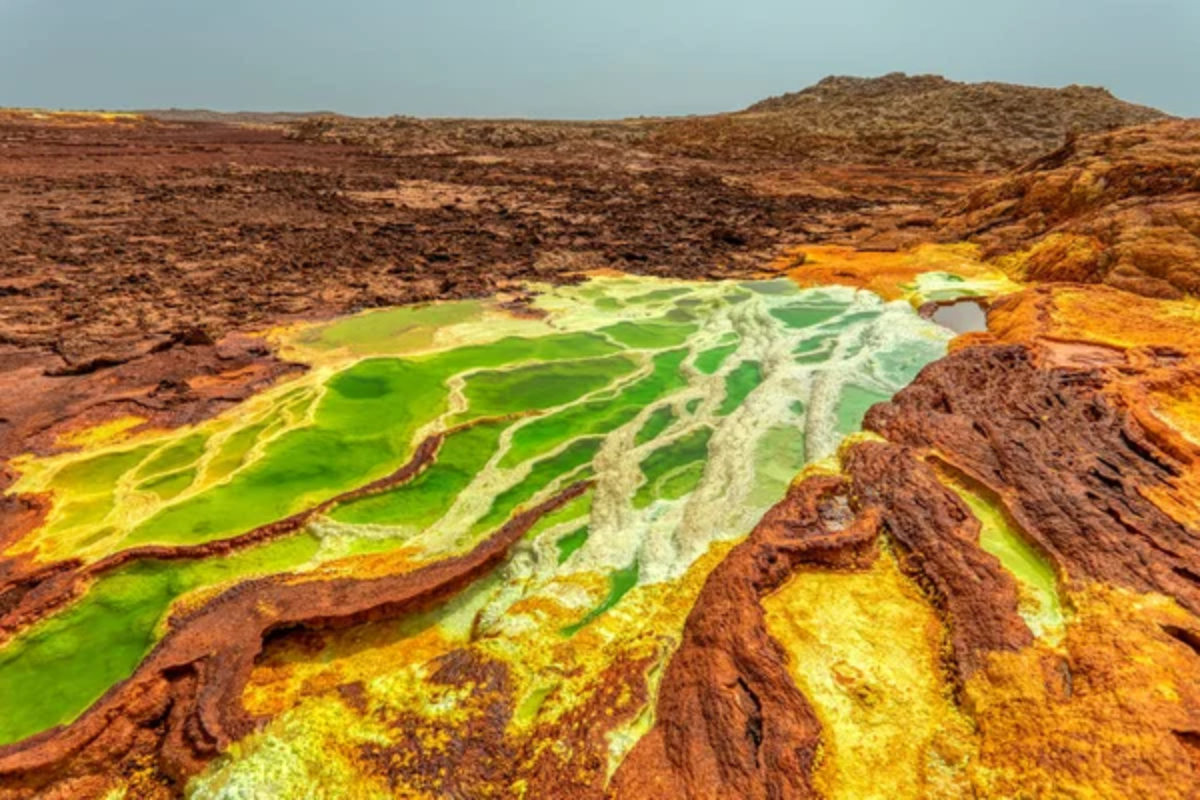
This scorching lowland basin sits 410 feet below sea level and regularly reaches temperatures exceeding 120°F, making it one of the hottest places on Earth. The landscape features acidic hot springs in neon yellows and greens, salt formations that create geometric patterns across the earth, and bubbling lava lakes.
Local Afar people mine salt here using the same methods their ancestors employed centuries ago, somehow thriving in conditions that scientists use to study the limits of life.
Socotra Island, Yemen
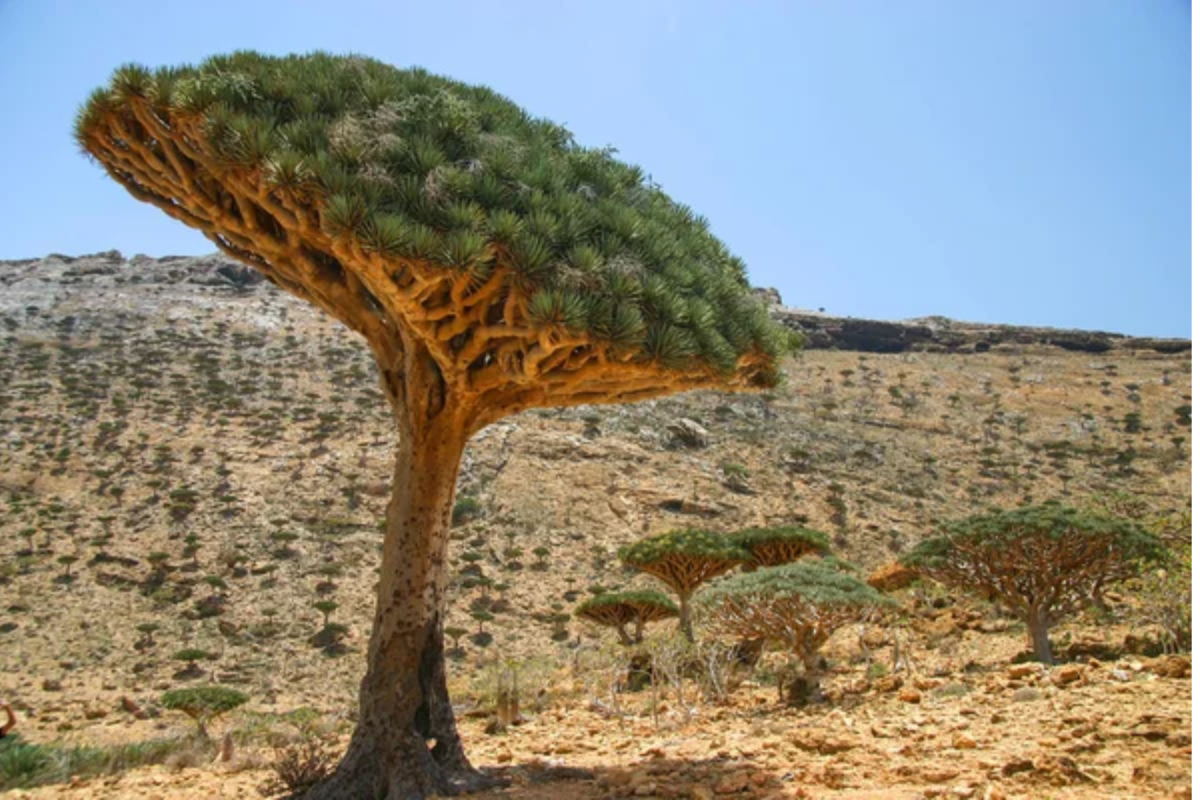
This isolated island evolved in splendid isolation for millions of years, developing plant species found nowhere else on Earth. The iconic dragon’s blood trees with their distinct umbrella-shaped canopies and twisted trunks, dominate the landscape, resembling something from a Dr. Seuss illustration.
Alongside them grow the equally strange cucumber trees and grotesque desert roses, creating an environment that NASA scientists have studied for insights into how vegetation might appear on other planets.
Like Travel Pug’s content? Follow us on MSN.
Spotted Lake, Canada
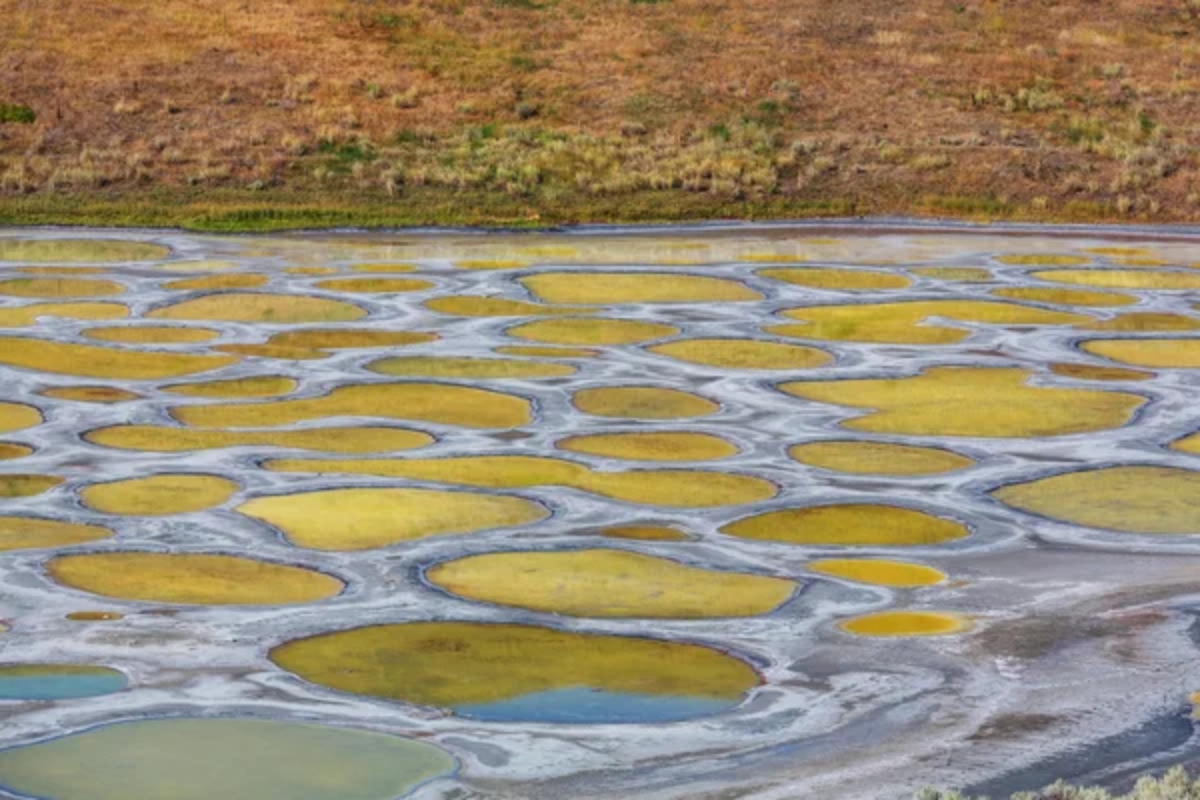
During summer months, the water in this mineral-rich lake in British Columbia evaporates, revealing hundreds of perfectly circular pools in varying shades of blue, green, and yellow. Each pool contains a unique mineral concentration, creating the distinctive spotted appearance that earned the lake its name.
Indigenous Okanagan people have considered this site sacred for centuries, using the mineral deposits for healing purposes and viewing the pools as having unique medicinal properties.
Salar de Uyuni, Bolivia
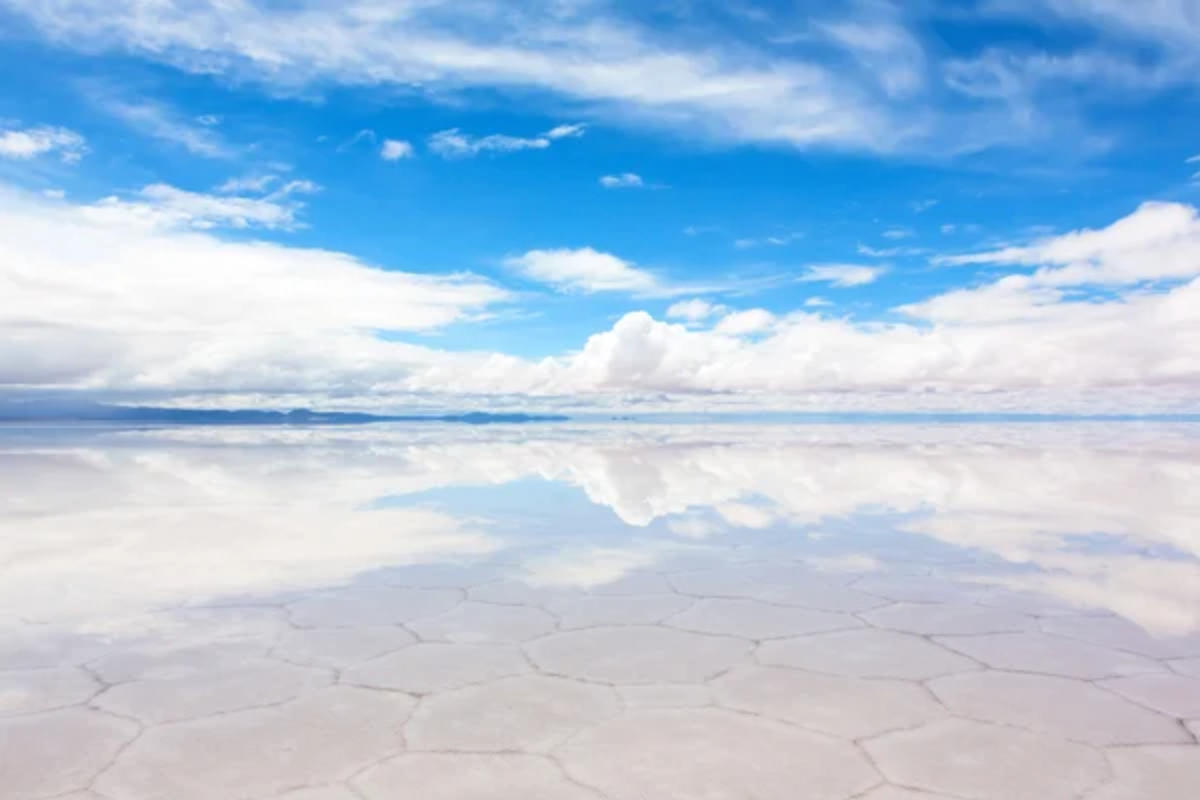
When covered by a thin layer of water, this 4,000-square-mile salt flat creates the world’s largest mirror, perfectly reflecting the sky above. During the dry season, the hexagonal salt patterns stretch to the horizon, creating a cracked white landscape devoid of reference points or a sense of scale.
The surreal environment serves as a calibration site for Earth observation satellites and attracts photographers seeking to create forced perspective images that play with the featureless expanse.
Rio Tinto, Spain

This river runs blood-red through southwestern Spain, its waters made acidic and metal-rich from 5,000 years of mining activity. The high iron content produces the striking crimson color, while extreme acidity (pH 2) creates an environment hostile to most life forms.
Despite these harsh conditions, the river hosts extremophile microorganisms similar to those scientists hope to find on Mars, making it a research site for astrobiologists studying potential extraterrestrial life.
Like Travel Pug’s content? Follow us on MSN.
Zhangye Danxia, China
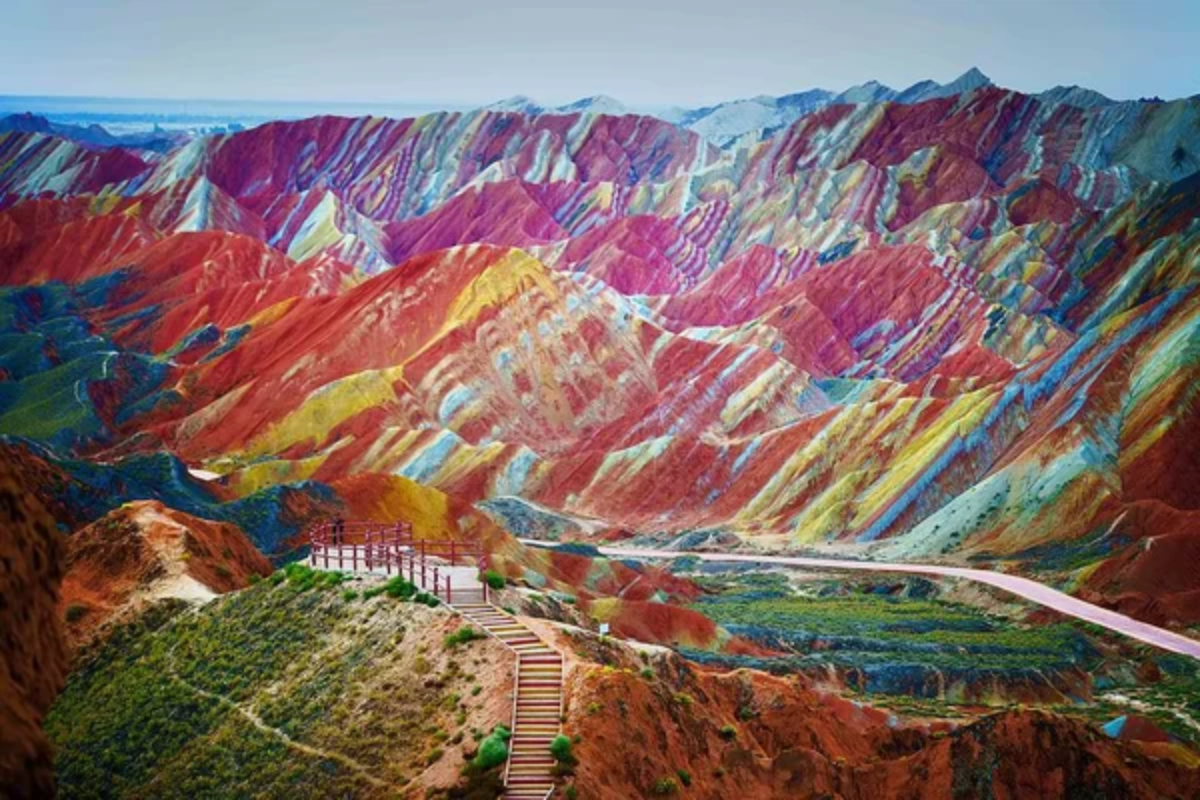
Wind and rain carved these rainbow-striped mountains over 24 million years, exposing layers of mineral-rich sandstone in vibrant bands of red, orange, yellow, and blue. The undulating patterns create an impression of melting candy or psychedelic paintings stretching across the landscape.
Local tourism officials have constructed viewing platforms at strategic points, allowing visitors to watch the colors intensify at sunrise and sunset when the low-angle light accentuates the chromatic variations.
Grand Prismatic Spring, USA
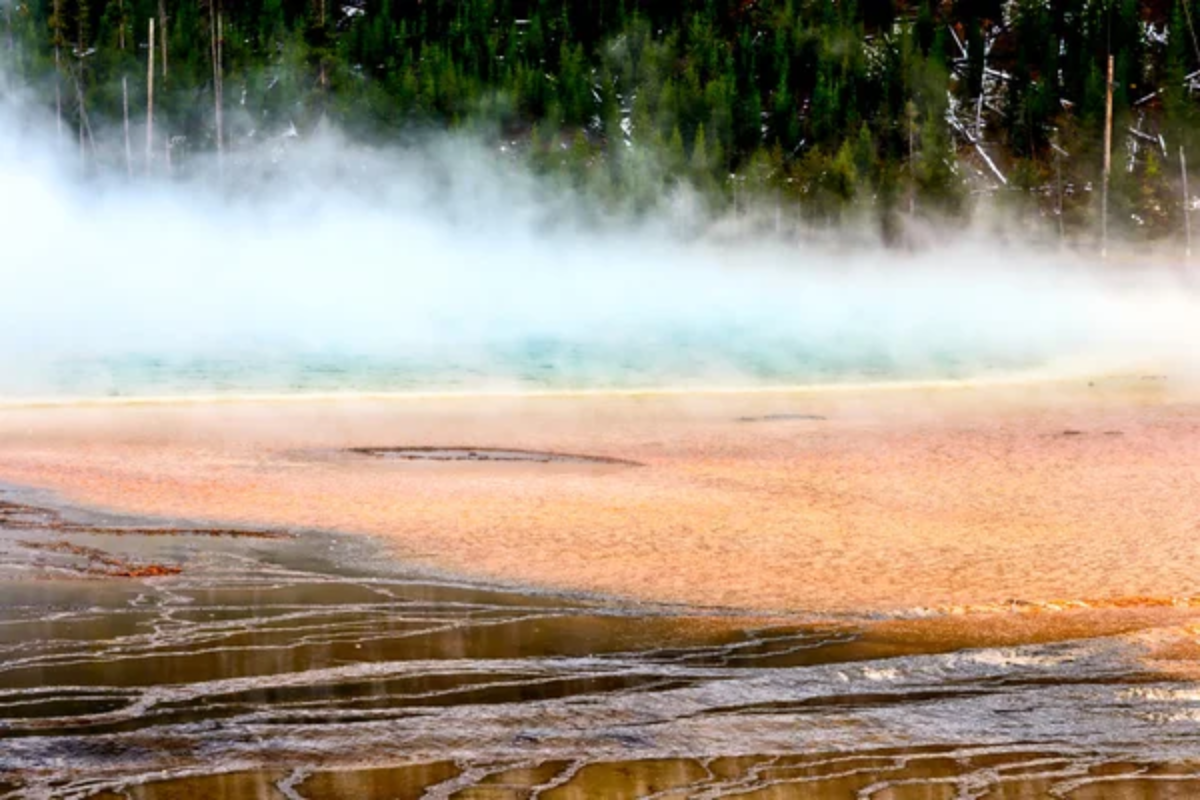
This massive hot spring in Yellowstone National Park spans 370 feet in diameter. It displays concentric rings of vivid colors—deep blue at its 160°F center transitioning to green, yellow, orange, and red at the cooler edges.
The rainbow effect comes from different heat-loving microorganisms that thrive at specific temperatures. Steam rising from the spring creates a misty, ethereal quality, enhancing the impression of standing before a portal to another dimension rather than a natural feature.
Antelope Canyon, USA
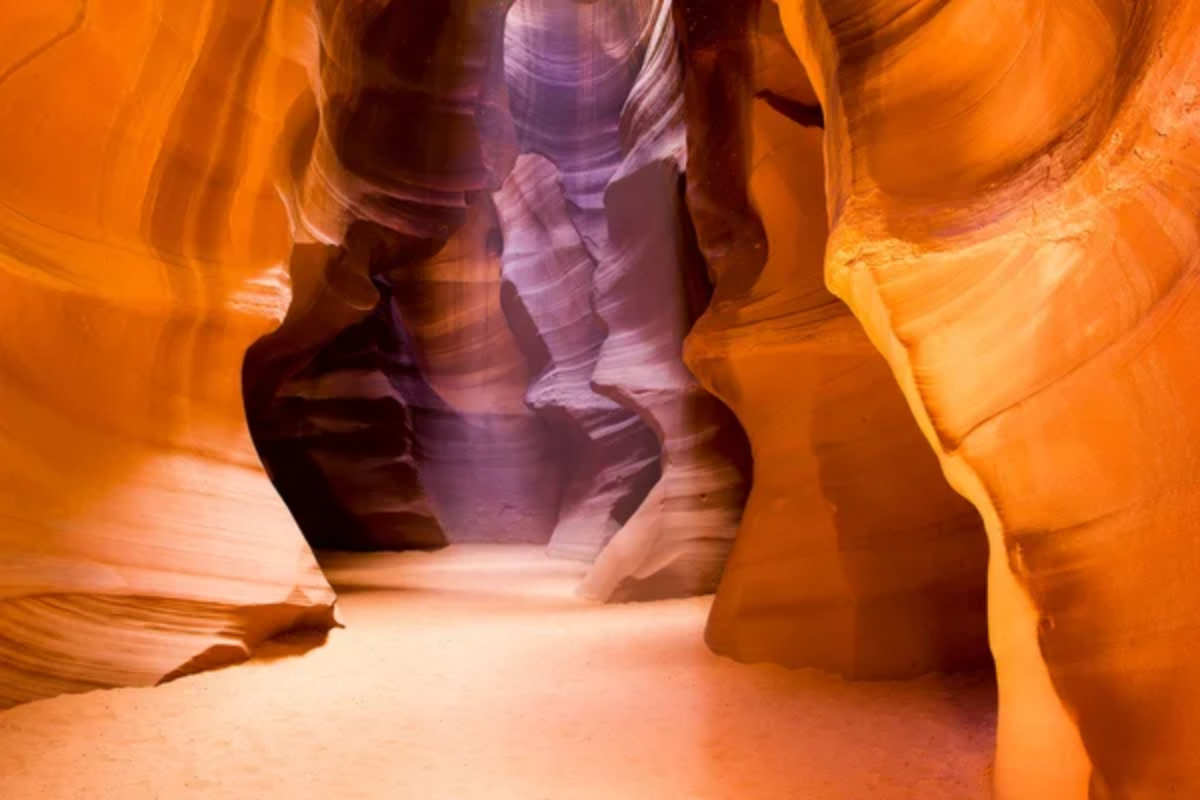
Flash floods carved these narrow slot canyons through Navajo sandstone, creating flowing, wave-like walls that change color as sunlight filters down from above. The smooth, curved surfaces in vibrant orange and pink appear almost liquid, as if the stone were still flowing.
Guides from the Navajo Nation lead visitors through the twisting passages, pointing out formations resembling faces and animals while explaining how the play of light transforms the canyon throughout the day.
Like Travel Pug’s content? Follow us on MSN.
Dallol, Ethiopia
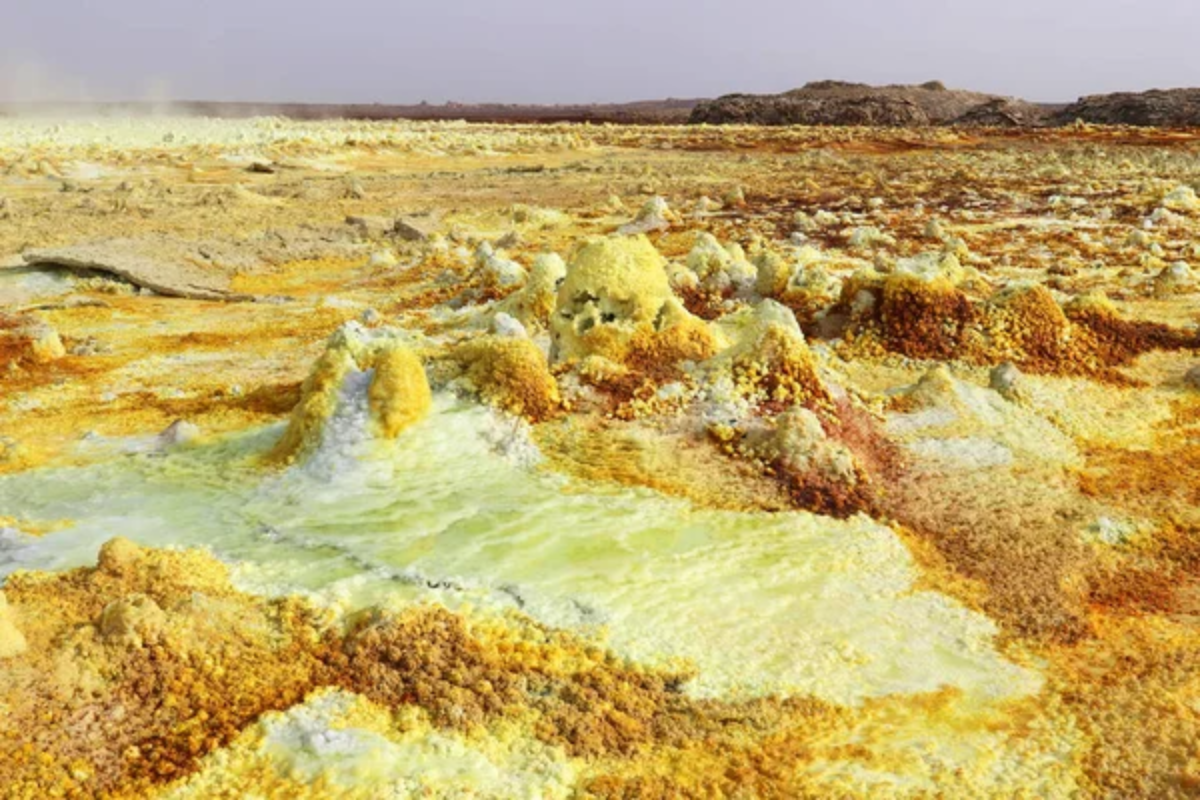
This volcanic crater features acid pools, salt mountains, and geothermal springs that create a landscape resembling an alien chemistry experiment. The neon yellow sulfur formations, contrasting with rust-red iron deposits and turquoise acidic pools, make Dallol appear more like computer-generated imagery than an actual place on Earth.
Scientific expeditions study the extremophile bacteria that somehow survive in this hyperacidic, hypersaline environment where daytime temperatures rarely drop below 110°F.
Fly Geyser, USA
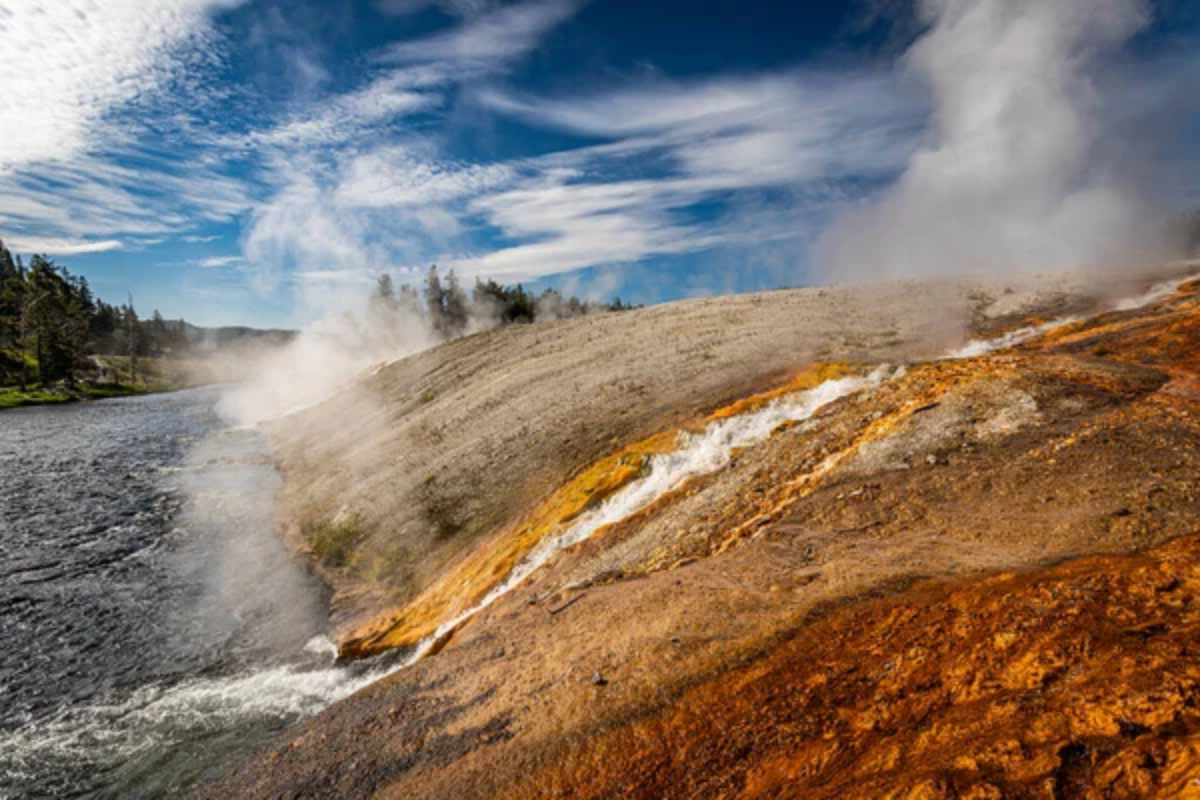
This accidental man-made geyser formed in 1964 when a well was improperly sealed, allowing minerals to accumulate into multicolored mounds resembling a psychedelic mushroom garden. The growing calcium carbonate formations stand over five feet tall and continue expanding as mineral-laden water sprays continuously from multiple spouts.
Recently opened to limited public tours, the site features several geothermal pools with edges tinted red and green from thermophilic algae growing in the warm waters.
Waitomo Glowworm Caves, New Zealand
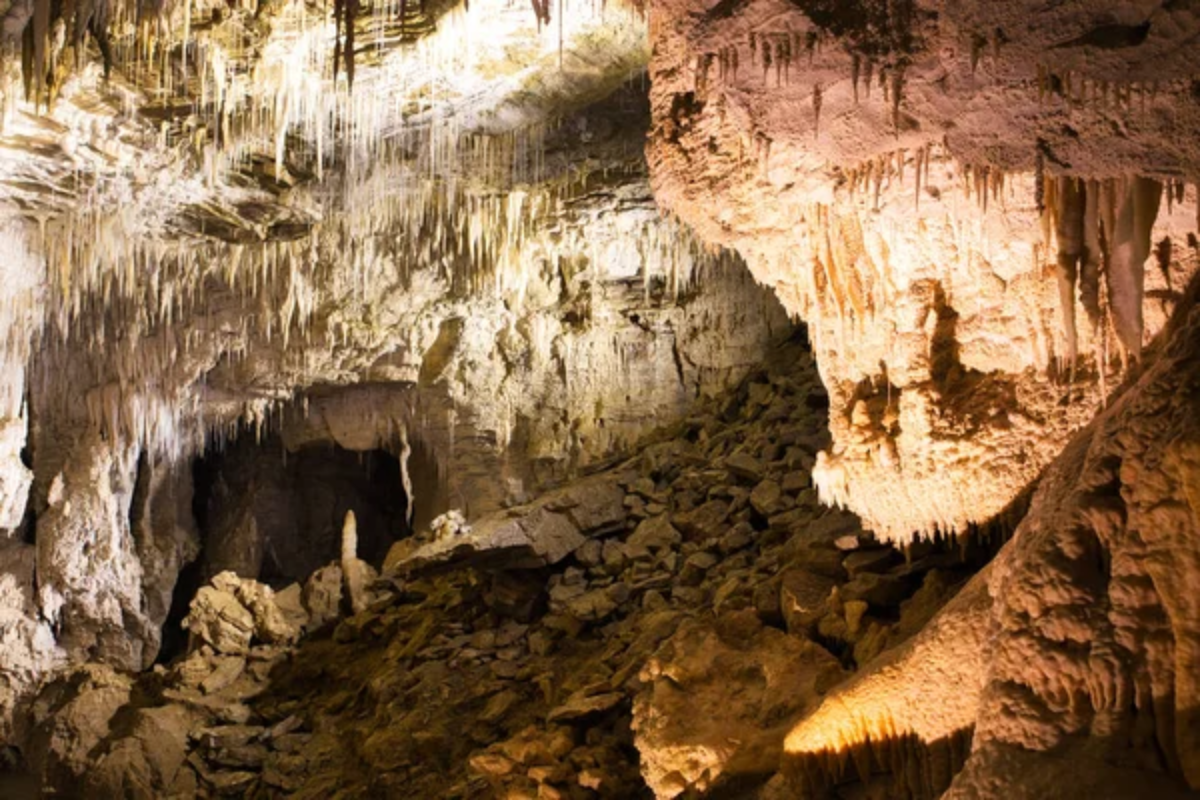
Thousands of bioluminescent larvae create a living celestial map across the ceiling of these limestone caves. The arachnocampa luminosa glowworms emit blue-green light to attract prey into sticky threads they lower from the cave ceiling.
Boat tours glide silently through the darkness beneath this living constellation, with guides explaining how these unique creatures evolved their light-producing abilities and complex hunting strategies in the perpetual darkness.
Like Travel Pug’s content? Follow us on MSN.
Antarctica Dry Valleys
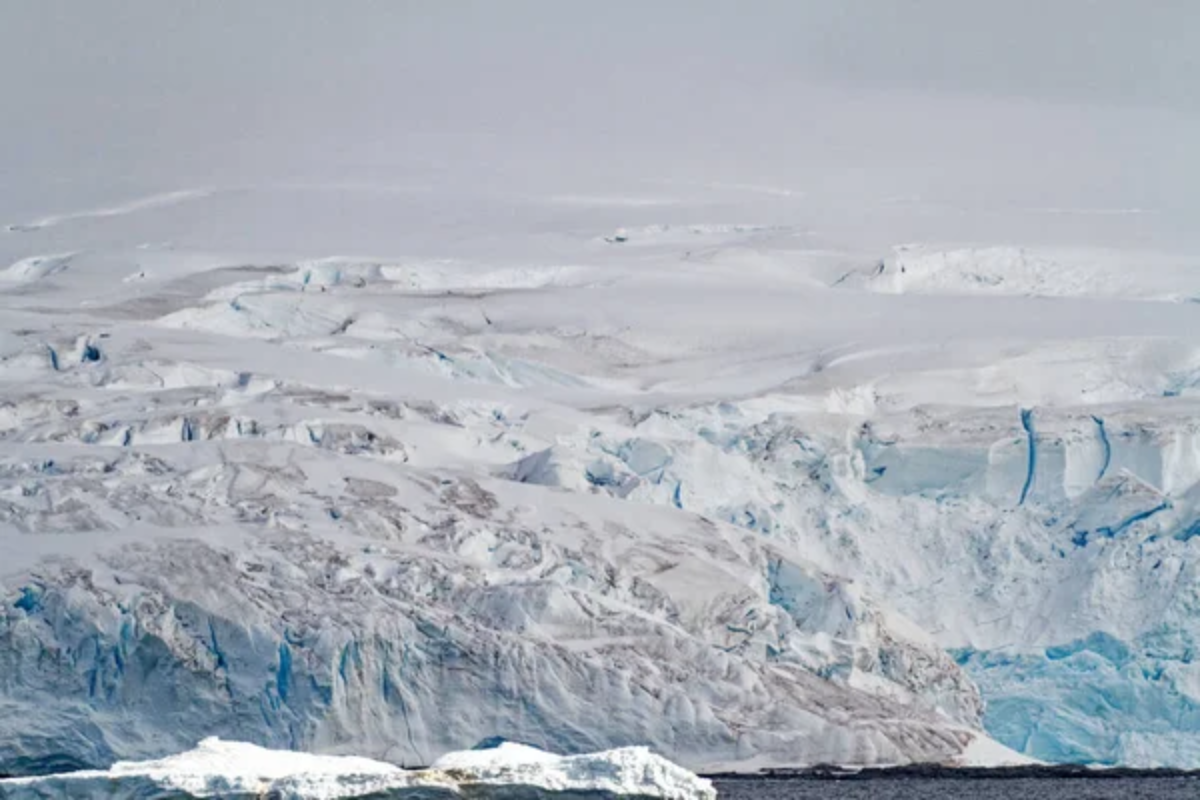
These ice-free valleys represent one of the world’s most extreme deserts, receiving no precipitation for potentially millions of years. The freeze-dried landscape with its otherworldly rock formations and unusual weathering patterns closely resembles the surface of Mars, making it a frequent testing ground for Mars rovers and equipment.
The few organisms that survive here exist in a state of cryptobiosis—essentially suspended animation—awakening briefly during rare moments of available water.
Namib Desert, Namibia
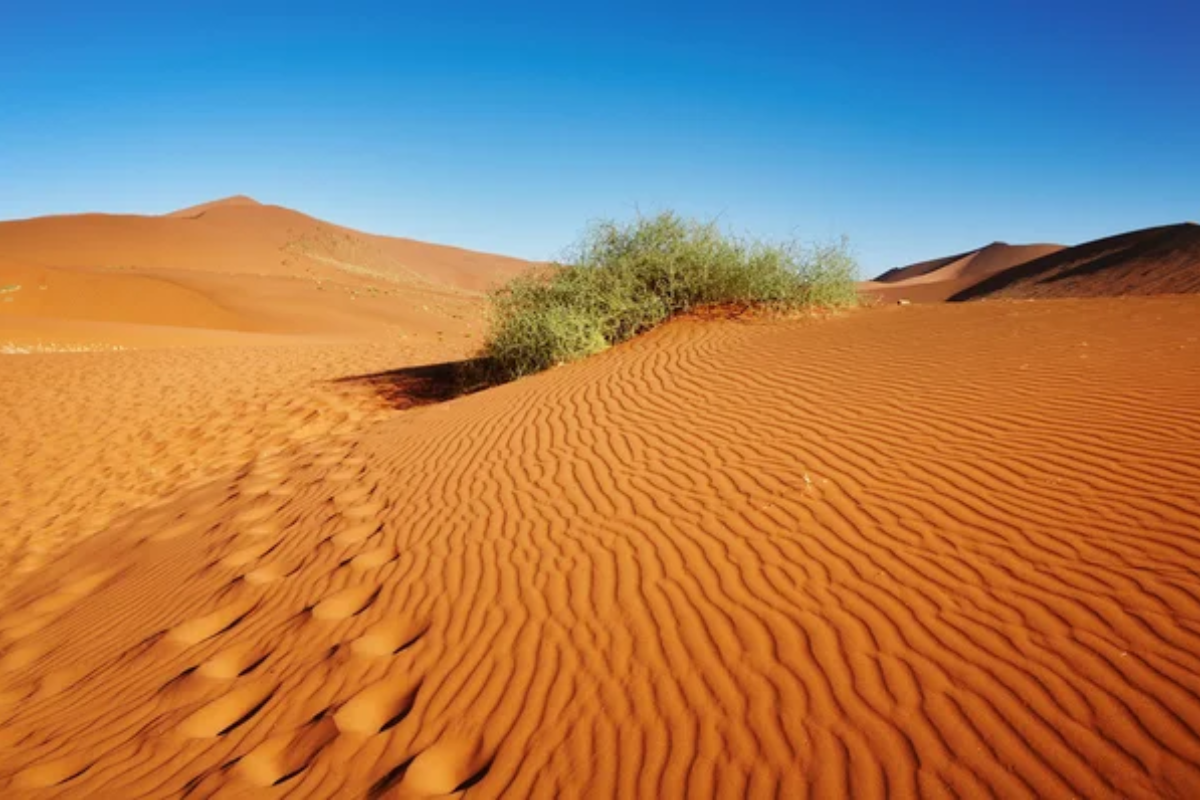
Ancient red dunes tower nearly 1,000 feet high in this coastal desert, creating a landscape simultaneously minimalist and dramatic. Morning fog from the Atlantic Ocean rolls between dunes, sustaining strange desert-adapted plants like the primitive Welwitschia that can live for over 1,000 years.
The stark contrast between vermilion sand and clear blue sky creates a surreal environment that appears artificially enhanced but requires no filters to achieve its vivid appearance.
Pamukkale, Turkey
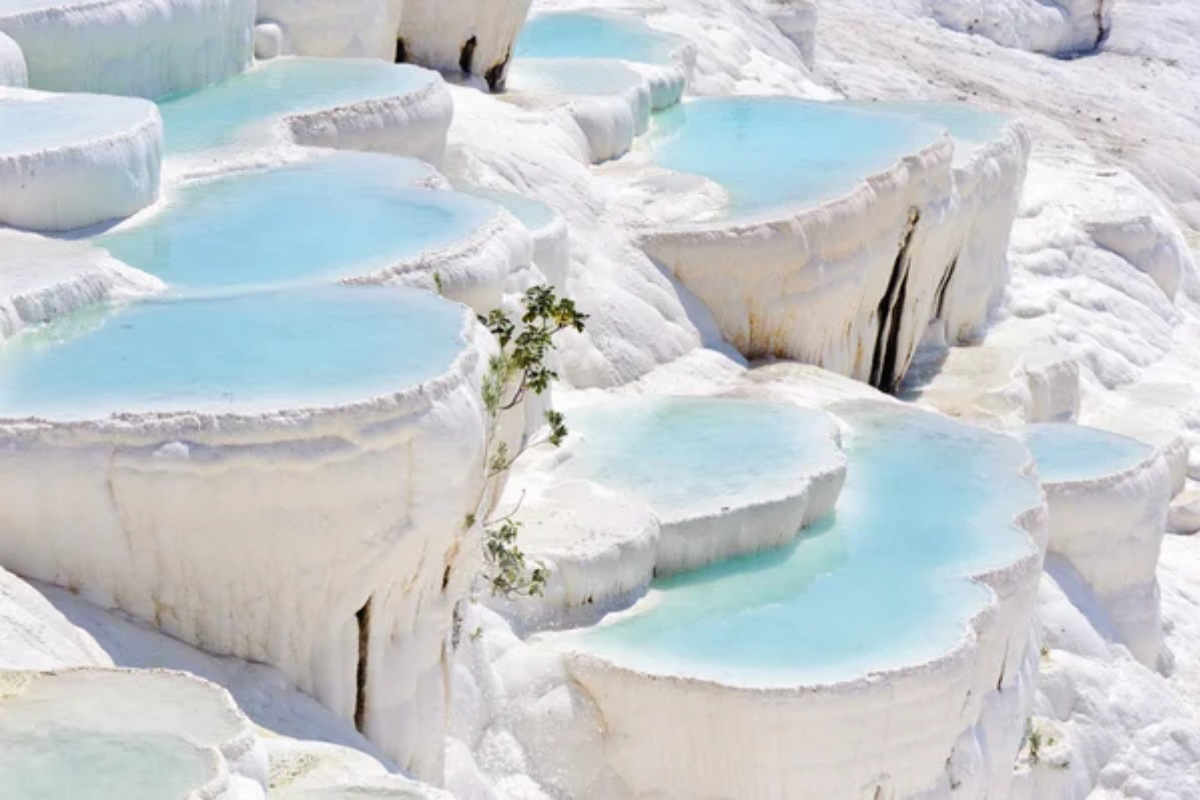
Thermal springs cascading down a hillside have created terraced pools of turquoise water held in white travertine basins. The name translates to ‘cotton castle,’ aptly describing the fluffy appearance of these calcium carbonate formations that look like freshly fallen snow.
Ancient Romans built the city of Hierapolis around these springs, believing in their healing properties. Modern visitors can still wade through the warm, mineral-rich waters while surrounded by ruins from the ancient spa complex.
Like Travel Pug’s content? Follow us on MSN.
Lençóis Maranhenses, Brazil
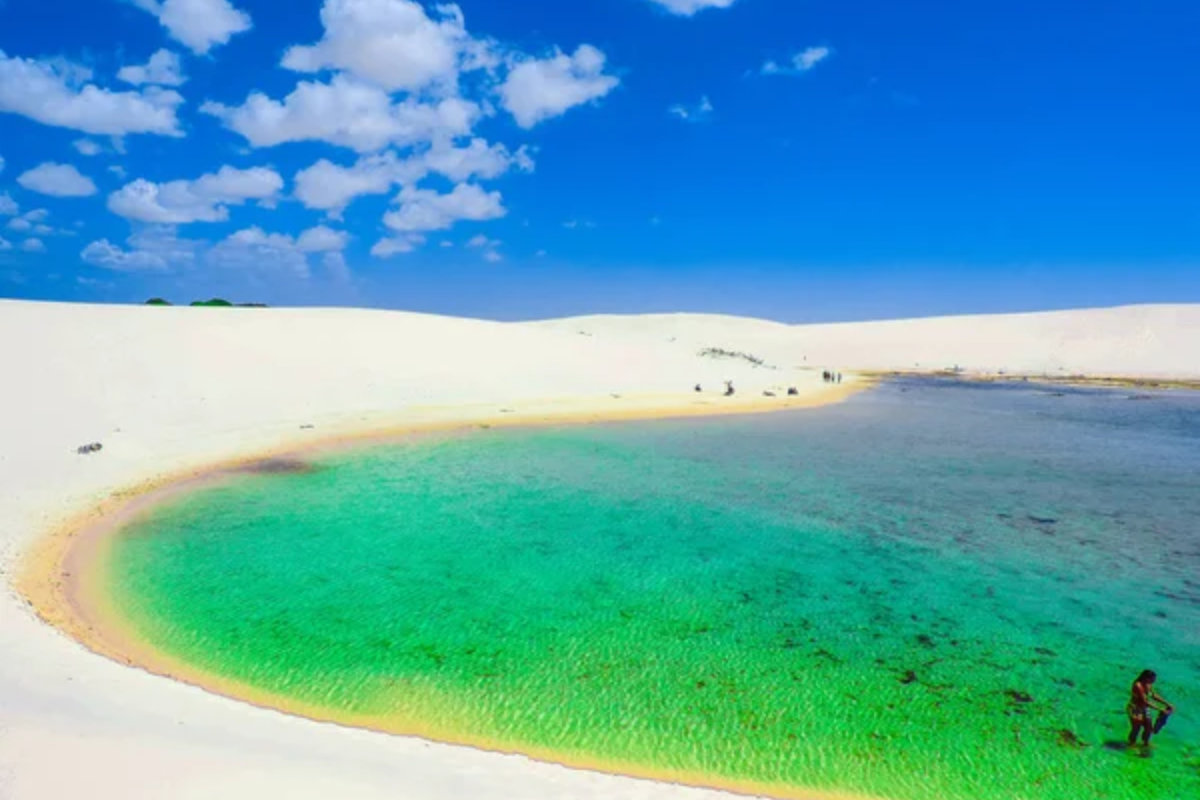
White dunes stretch for miles, punctuated by thousands of seasonal rainwater lagoons in brilliant blue and green hues. Despite receiving nearly 50 inches of annual rainfall, this coastal region appears desert-like due to the porous sand that collects moisture in the valleys between dunes.
Fish somehow appear in these temporary pools each rainy season, with some species remaining dormant in the sand during dry periods—an adaptation so unusual it seems more science fiction than reality.
Crooked Forest, Poland
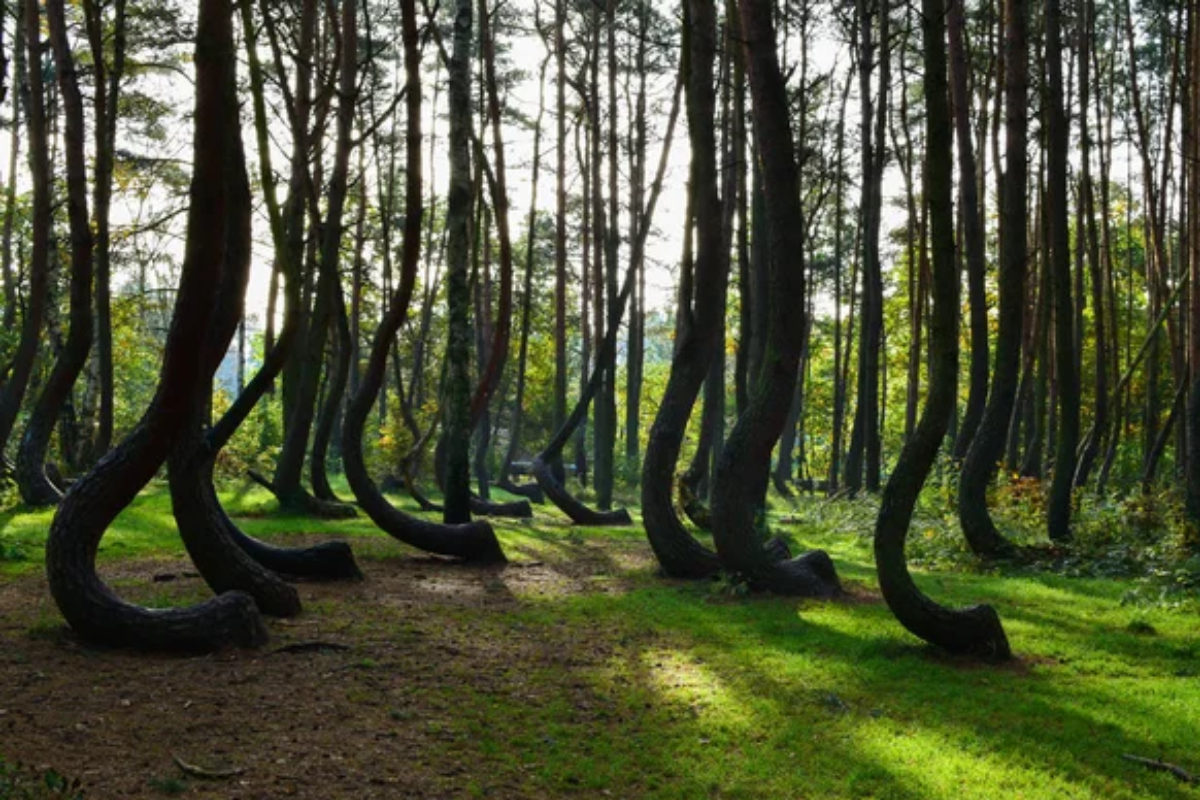
Approximately 400 pine trees grow with identical 90-degree bends at their base before curving upward toward the sky. Planted around 1930, the trees were likely manipulated for some forgotten purpose, creating a uniformly bent grove that appears deliberately designed yet inexplicable.
The forest’s perfectly aligned rows of curved trunks create disorienting patterns when viewed from different angles, prompting numerous theories ranging from furniture-making techniques to gravitational anomalies.
Craters of the Moon, USA
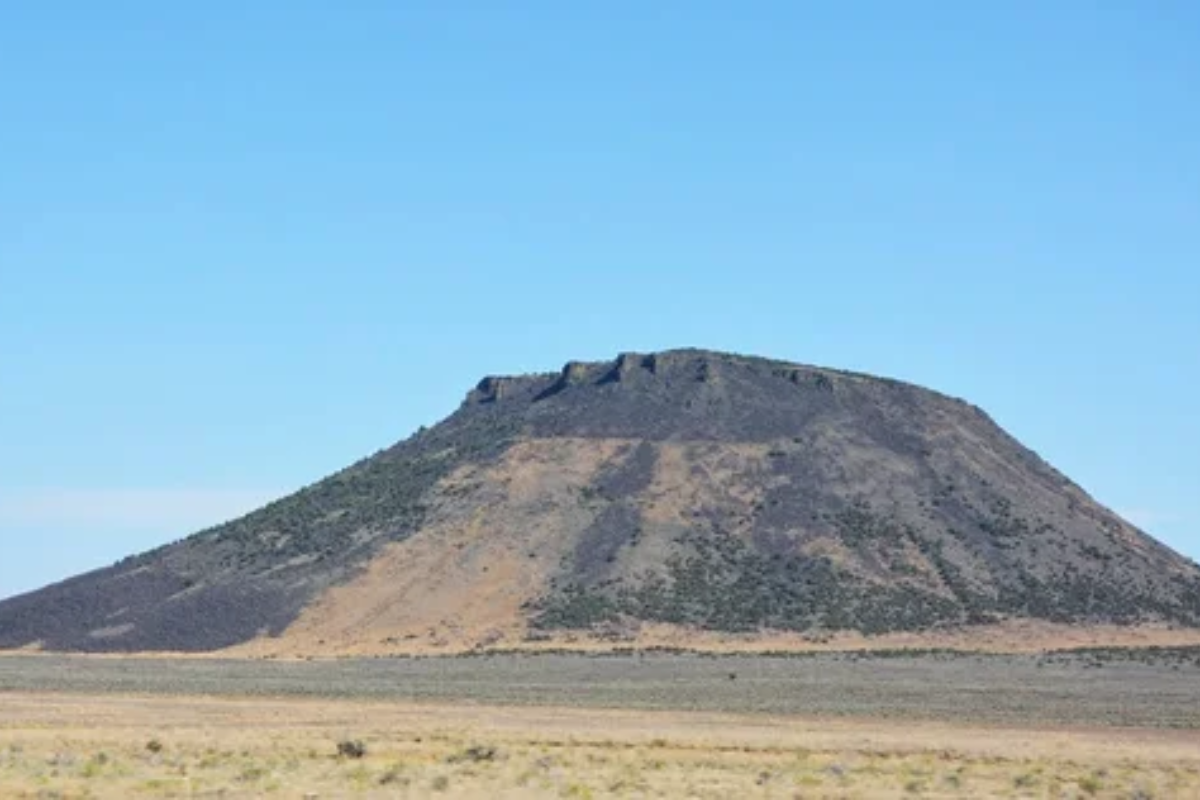
This vast lava field in Idaho features cinder cones, spatter cones, and lava tubes spreading across 618 square miles of blackened landscape. The young volcanic terrain appears so similar to lunar surfaces that NASA sent Apollo astronauts here for training before moon missions.
Despite its harsh appearance, the national monument hosts remarkable biodiversity, with plants taking root in lava cracks and creating small oases of life amid the rocky expanses.
Like Travel Pug’s content? Follow us on MSN.
Chocolate Hills, Philippines
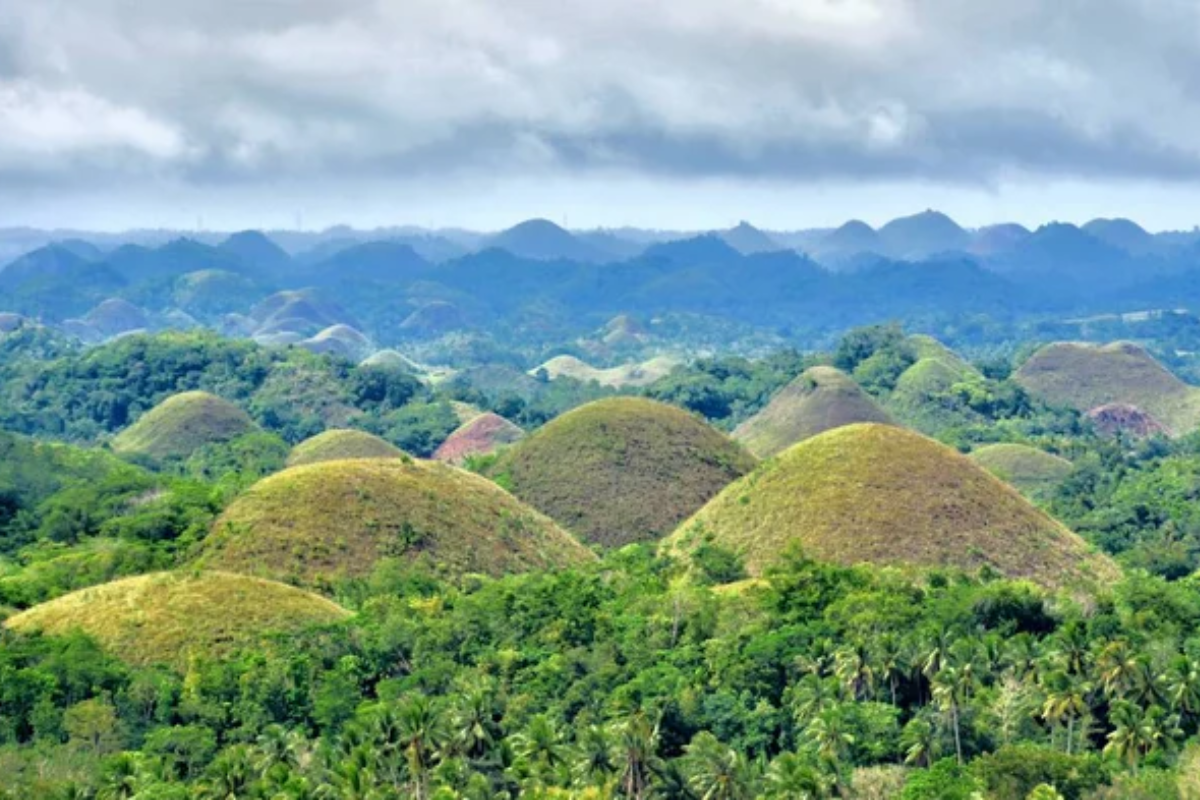
Over 1,700 perfectly cone-shaped hills, standing between 100 and 400 feet tall, create a landscape resembling rows of giant chocolate drops during the dry season when their grass covering turns brown. Geologists explain them as weathered limestone formations, yet their remarkably uniform shape and arrangement across the landscape appear too orderly to be natural.
Local legends offer more colorful explanations, including tales of battling giants who threw boulders that became the distinctive mounds.
Lake Hillier, Australia
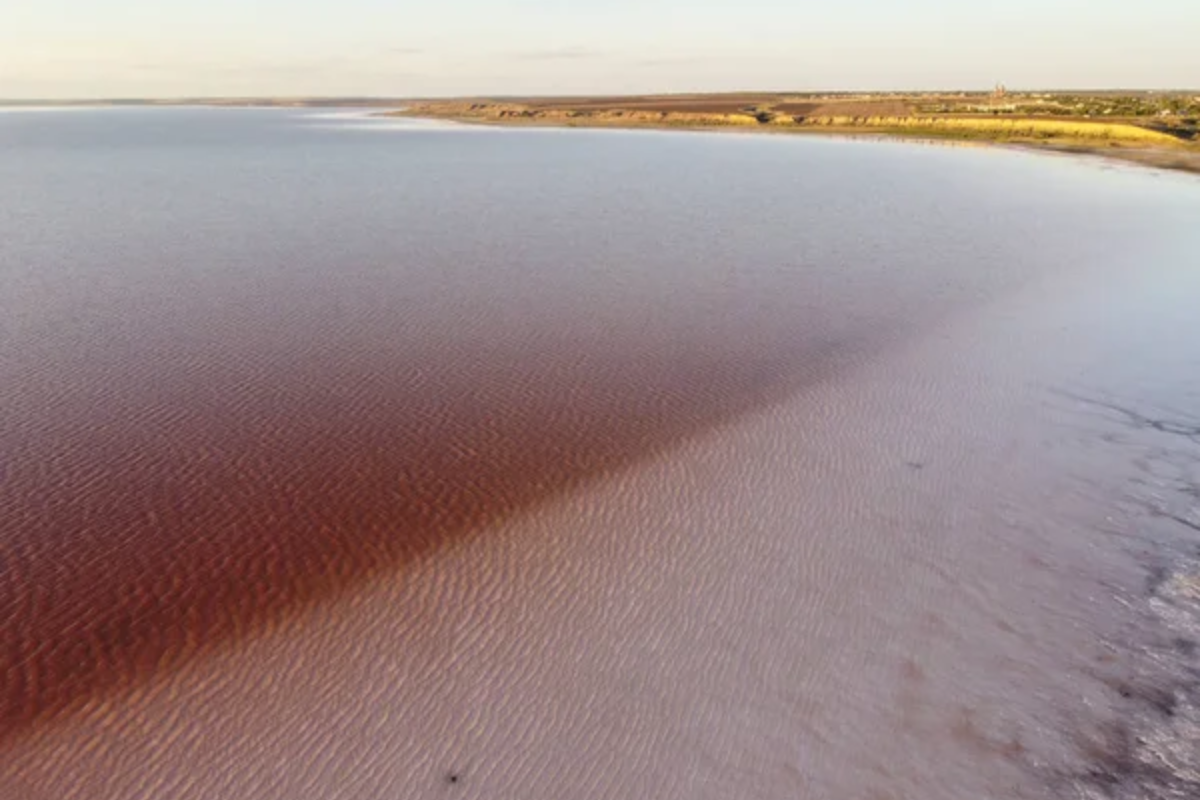
This small lake maintains its solid bubblegum-pink color year-round regardless of temperature changes, confounding early explorers who collected its waters expecting to find the color fade. The vivid pink results from microorganisms producing carotenoid pigments, though scientists still debate the exact mechanisms maintaining such consistent coloration.
The lake appears most striking from above, where the sharp contrast between pink water, white salt edges, and the deep blue of the nearby ocean creates a surreal triptych of colors.
Wulingyuan, China
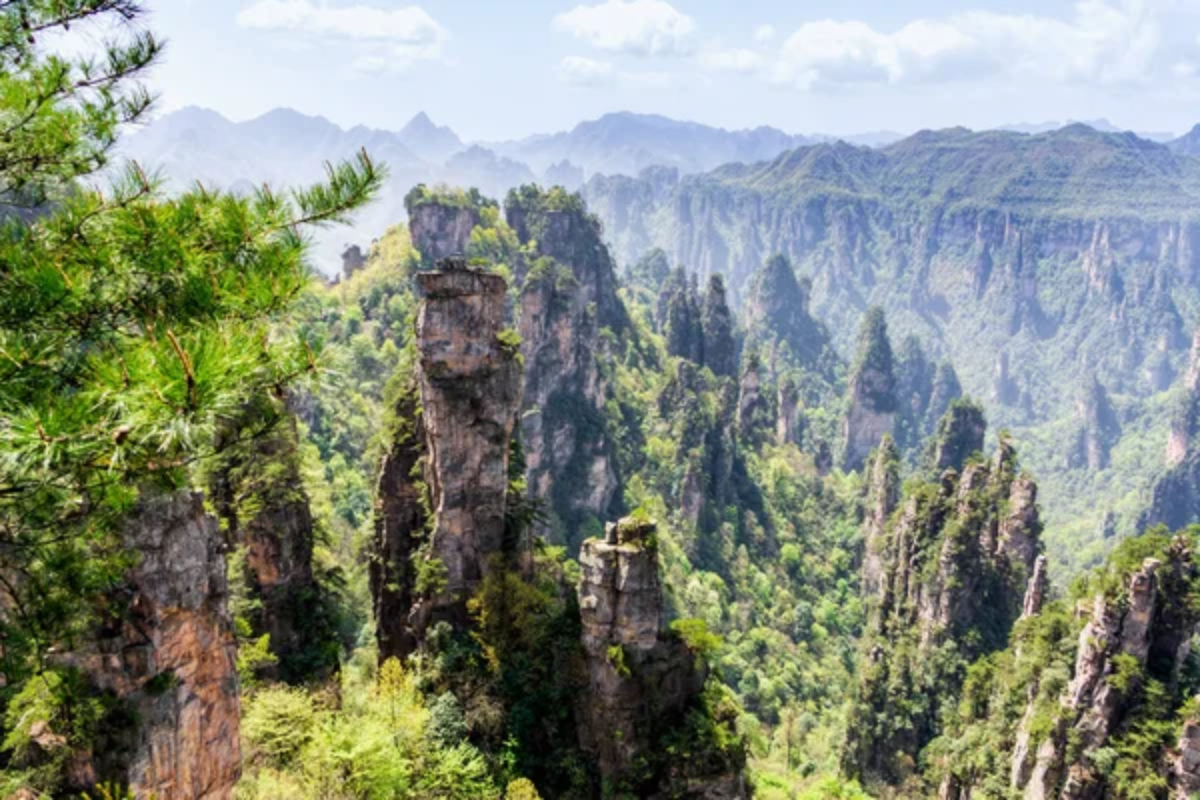
Thousands of quartzite sandstone pillars rise over 1,000 feet from the forest floor, creating a vertical maze of stone towers shrouded in mist. These formations inspired the floating mountains in the film ‘Avatar,’ though the real landscape arguably surpasses its fictional counterpart in beauty and scale.
Narrow bridges and paths wind between the pillars, offering vertigo-inducing perspectives of the stone forest that extends as far as the eye can see.
Like Travel Pug’s content? Follow us on MSN.
Landscapes Beyond Imagination

These extraordinary places remind us that our planet contains environments as alien as any we might discover elsewhere in the cosmos. Their existence challenges our perception of what is possible on Earth and expands our understanding of how diverse environments can become under the right conditions.
While we continue looking to the stars for other worlds, these landscapes prove that in many ways, we still have much to discover about the remarkable planet beneath our feet.
More from Travel Pug

- Cities Growing so Fast You Won’t Recognize Them in 10 Years
- 13 Destinations Where Tourists Regularly Regret Their Trip
- 16 U.S. Cities That Are Quietly Becoming Travel Hotspots
- Where to Travel If You Love Long Bus Rides and Daydreams
- 20 Cities Perfect for Solo Travelers Who Crave Adventure & Culture
Like Travel Pug’s content? Follow us on MSN.
